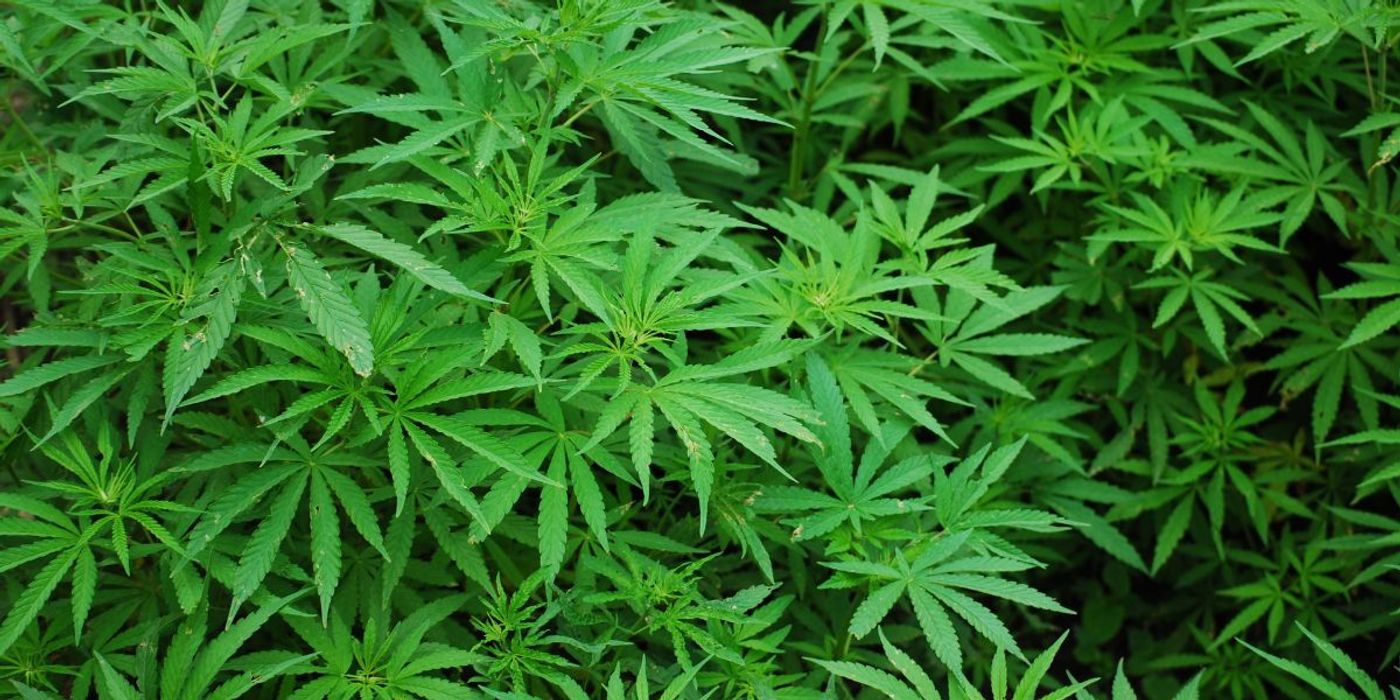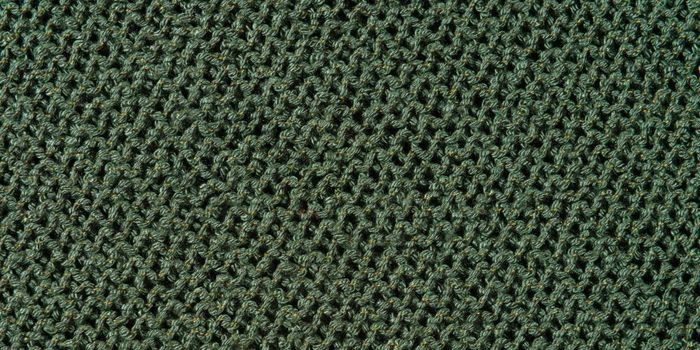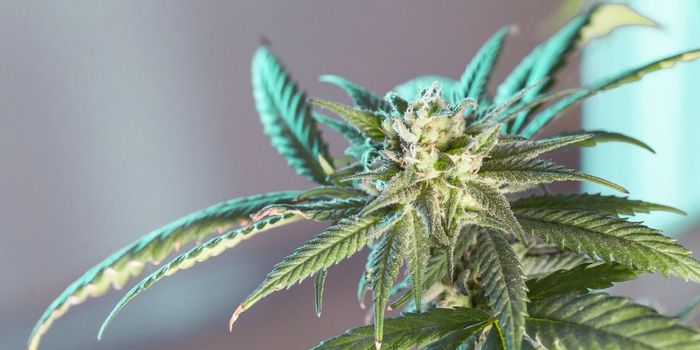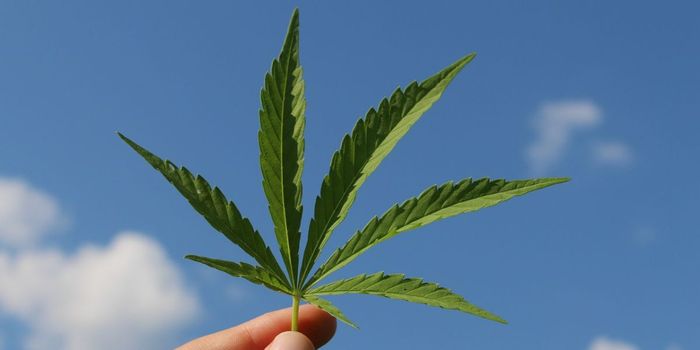Bioengineers Create Environmentally-Friendly Cannabinoids from Yeast
Researchers from the University of Californa have found a way to biosynthesize cannabinoids that do not occur in nature from baker’s yeast. Their findings promise both a more energy-efficient and environmentally-friendly way to produce cannabis, as well as a basis for future treatments.
Cannabis has been cultivated all over the world for millennia. As the substance is still a classified drug, however, there are limitations on how it may be produced and studied. This both limits understanding of its medicinal properties and its production in quantities sufficient for mainstream medicinal use.
Moreover, cannabis cultivation is both energy-intensive and environmentally destructive. In northwest California for example, streams have been polluted with pesticides and fertilzer. Meanwhile, watersheds have been drained in efforts to feed thirsty marijuana plants while indoor growing has caused blackouts in some cities due to high energy consumption.
Synthesizing cannabis in yeast is not only a means to open the door for more cannabinoid research. It will also allow producers to generate larger quantities more affordably in a way that does not damage the environment- nor consume as much energy.
To produce the compounds from yeast, the researchers first engineered a biosynthetic pathway- the building blocks for more complex substances. Its first component was olivetolic acid, an acid that forms the polyketide nucleus of cannabinoids. Coupled with geranyl pyrophosphate (GPP), they were then able to synthesize Cannabigerolic acid (CBGA), the core cannabinoid from which others, like tetrahydrocannabinolic acid (THCA) and cannabinolic acid (CBDA) can be produced.
Exposing THCA and CBDA to heat allowed them to decarboxylate and produce tetrahydrocannabinol (THC) and cannabidiol (CBD)- two of the most popular cannabis compounds on both the market and in research.
"For the consumer, the benefits are high-quality, low-cost CBD and THC: you get exactly what you want from yeast," says Jay Keasling, lead author of the study. "It is a safer, more environmentally friendly way to produce cannabinoids."
After this success, the researchers worked to expand their yeast-bound biosynthetic pathways. This allowed them to experiment among more chemical groups and create cannabinoids that do not occur in nature and have the possibility of enhanced medicinal properties.
Cannabinoids now join the ranks of human growth hormone, insulin and blood clotting factors in being grown in yeast. According to Keasling, yeast are analogous to ‘green’ drug factories, as the microorganisms eliminate both the expensive synthetic and extractive processes in the chemical industry and the toxicity to the environment.
All in all, the researchers say that their findings provide a basis for future large-scale cannabinoid production without cannabis cultivation. Moreover, their newfound ability to bioengineer novel cannabis strains using their new methods also means that more effective cannabinoid-derived medicines may become available in the future.
"The possibility of new therapies based on novel cannabinoids: the rare ones that are nearly impossible to get from the plant, or the unnatural ones, which are impossible to get from the plant." says Jay Keasling, lead author of the study.
Sources: News Medical, Nature, Science Daily










